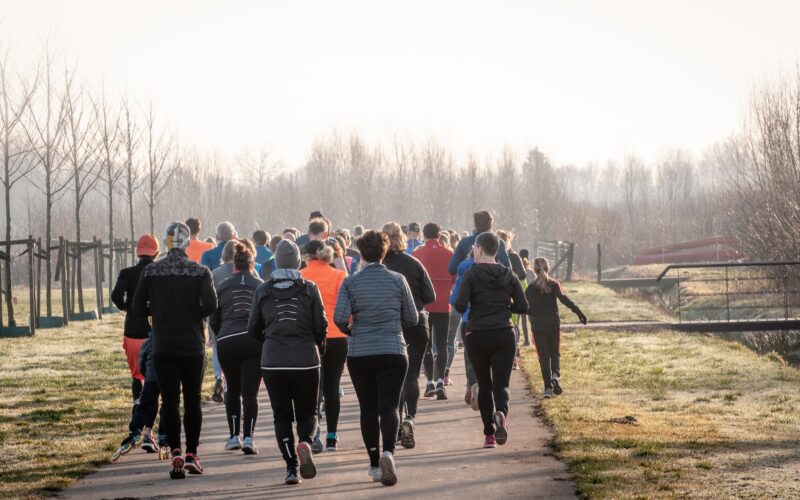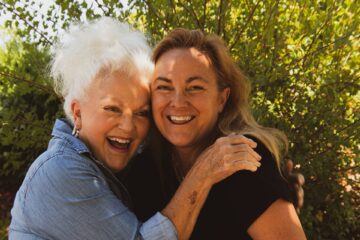Aging is a natural and inevitable process that brings about changes in our bodies. Our metabolism slows down, our muscles may lose strength, and our bones may become more fragile. However, it’s important to remember that aging doesn’t have to mean a decline in our overall health and well-being. By adopting a proactive approach and implementing the right strategies, we can continue to lead a fit, strong, and active lifestyle well into our golden years.
As we age, maintaining our physical and mental well-being becomes increasingly important. The choices we make regarding our lifestyle habits and daily activities can greatly impact the way we age. By making conscious decisions to prioritize our health and incorporating certain strategies into our daily routines, we can enhance our quality of life and experience the benefits of healthy aging.
- Prioritize Regular Physical Activity: Engaging in regular physical activity is one of the key pillars of healthy aging. It not only helps maintain physical fitness but also plays a crucial role in improving mental health and overall well-being. Incorporate a variety of exercises into your routine, including aerobic exercises, strength training, and flexibility exercises. Examples of aerobic exercises include brisk walking, swimming, cycling, and dancing. Strength training exercises can involve the use of weights or resistance bands to strengthen your muscles. Flexibility exercises such as stretching or yoga can improve your range of motion and joint flexibility.
- Incorporate Functional Exercises: Functional exercises are designed to improve your ability to perform everyday activities with ease and reduce the risk of injuries. These exercises focus on movements that mimic real-life activities, such as squats, lunges, and balance exercises. For example, you can practice squats to strengthen your leg muscles and improve your ability to stand up from a chair or climb stairs. Balancing exercises, such as standing on one leg or using a wobble board, can enhance stability and reduce the risk of falls.
- Embrace Active Hobbies and Leisure Activities: Engaging in hobbies and leisure activities that require physical movement is a great way to stay active and enjoy yourself. Consider activities such as gardening, dancing, swimming, hiking, or playing a sport. These activities not only provide physical benefits but also offer opportunities for social interaction, which is vital for maintaining overall well-being. Find activities that you enjoy and make them a regular part of your routine.
- Practice Mindful Movement: Mindful movement practices, such as yoga or tai chi, can be particularly beneficial for seniors. These activities focus on body awareness, balance, flexibility, and relaxation. Practicing yoga or tai chi regularly can improve your posture, enhance your balance, reduce stress, and promote overall well-being. Look for local classes or online resources to get started.
- Stay Hydrated and Eat a Nutrient-Rich Diet: Proper hydration and a well-balanced diet are essential for maintaining energy levels, supporting muscle function, and promoting overall health. Make sure to drink an adequate amount of water throughout the day and include a variety of fruits, vegetables, whole grains, lean proteins, and healthy fats in your diet. Avoid processed foods and excessive consumption of sugary or high-fat foods.
- Prioritize Rest and Recovery: Rest and recovery are equally important for maintaining good health and preventing burnout or injuries. Make sure to get enough sleep each night to support your body’s healing and regeneration processes. Listen to your body and give yourself permission to rest when needed. Incorporate relaxation techniques such as deep breathing exercises or meditation into your routine to reduce stress and promote overall well-being.
Aging doesn’t mean giving up an active and fulfilling lifestyle. By incorporating regular physical activity, functional exercises, active hobbies, mindful movement practices, a nutritious diet, and adequate rest and recovery, you can enhance your physical fitness, mental well-being, and overall quality of life. Remember to consult with your healthcare provider before starting any new exercise program, especially if you have any pre-existing medical conditions. Embrace the journey of healthy aging and enjoy the numerous benefits of staying fit and active as you age.
References: [1] Mayo Clinic – Healthy Aging: Preventing Falls. [2] National Institute on Aging – Exercise and Physical Activity: Getting Fit for Life. [3] Harvard Health Publishing – 7 Benefits of Regular Physical Activity. [4] American Heart Association – Strength and Resistance Training Exercise. [5] National Institute on Aging – Yoga and Older Adults: Frequently Asked Questions. [6] American Psychological Association – Exercise Fuels the Brain’s Stress Buffers.










